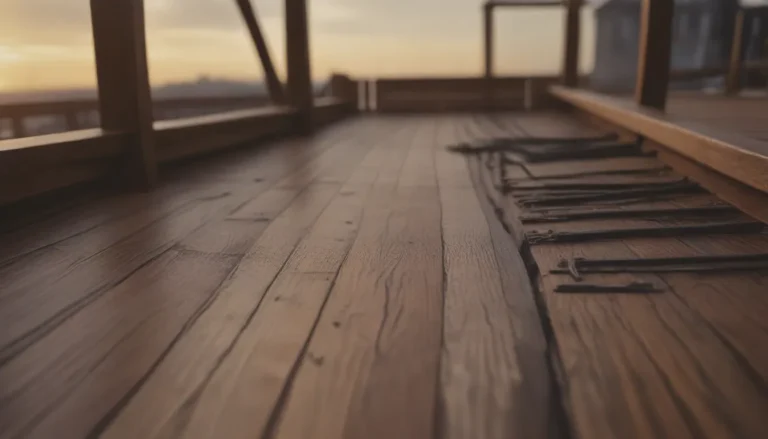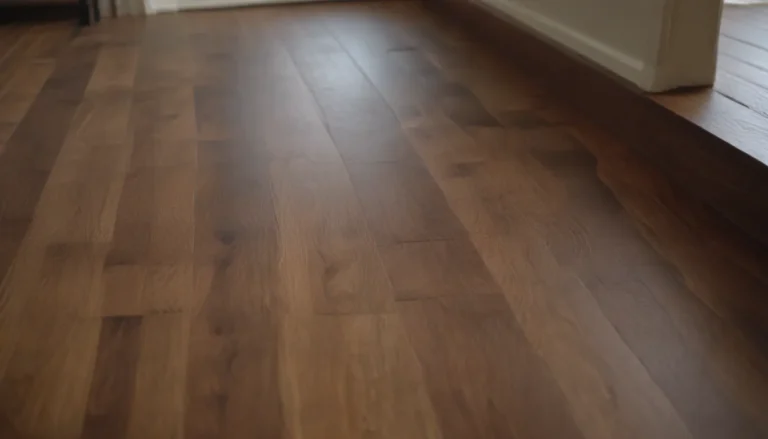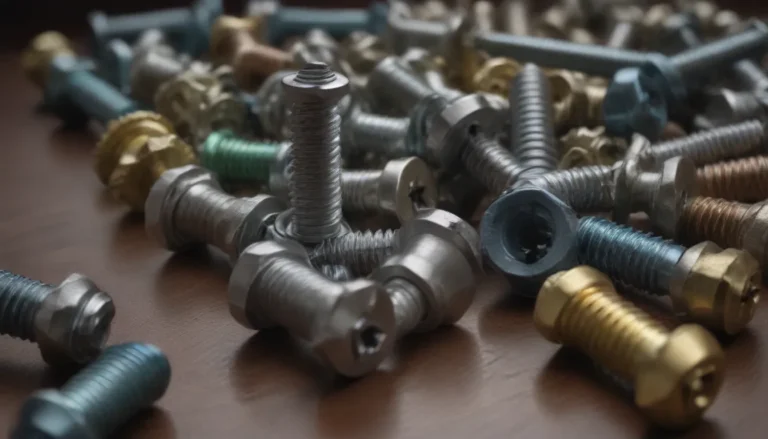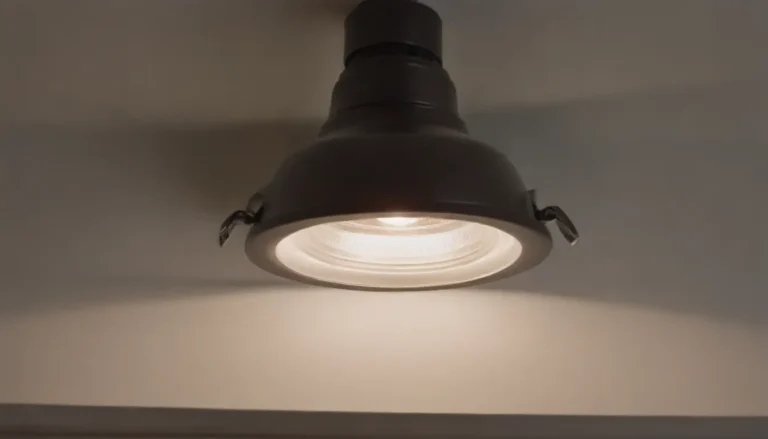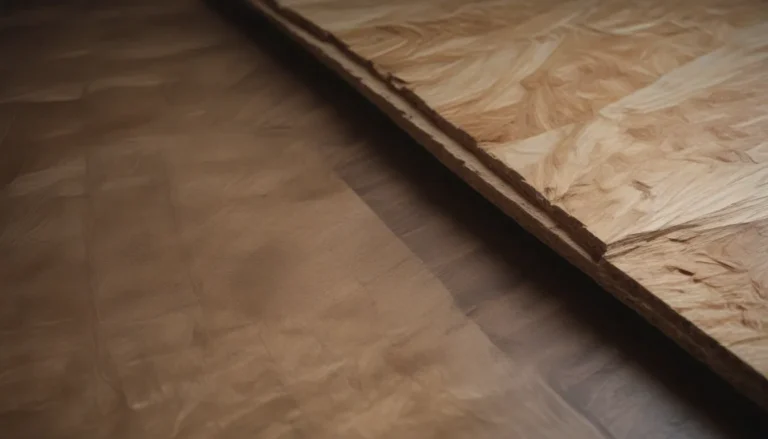Everything You Need to Know About Sewer Cleanouts

Whether you’re a new homeowner or have lived in your house for years, understanding what a sewer cleanout is and where to find it can save you time, money, and potential disasters. In this comprehensive guide, we’ll cover everything from what a sewer cleanout is to how to locate and maintain it. Let’s dive in!
What Is a Sewer Cleanout?
A sewer cleanout is a crucial access point for plumbers to address clogs in your home’s main plumbing line. When your main sewer line gets clogged, this capped pipe allows plumbers to remove the blockage efficiently. Most homes have a sewer cleanout, although the location may vary. Some cleanouts are found outside the front door, while others may be near a septic tank or indoors. In some cases, the cleanout may even be referred to as the main house trap if it’s located inside the house.
When a main drain clog occurs, raw sewage can back up into your home, causing havoc and potential costly damages. Until the clog is cleared, no drains in your plumbing fixtures can be safely used. Knowing about cleanouts, how to find them, and how to address clogs can help you prevent a messy situation.
What Does a Sewer Cleanout Look Like?
A sewer cleanout pipe typically ranges from 3 to 6 inches in diameter and is commonly white or black. In modern homes, these fittings are often made of ABS plastic, while older homes may have cast iron pipes with brass or cast iron cleanouts. Outdoor cleanouts are usually sealed with a threaded plug labeled with “S,” “C.O.,” or “cleanout,” while indoor cleanouts are often found on T- or Y-shaped pipe fittings with a square-nut threaded plug.
How Do I Find My Main Cleanout?
Locating the main cleanout in your home can vary depending on the house style and climate. Here are some prime locations to look for your sewer cleanout:
Outdoors:
- In warm climates with homes on slab foundations, the main cleanout is often located outside, near the exterior walls. Look for a large-diameter pipe with threaded plugs in the top, extending above the ground.
- If you’re having trouble finding the outdoor cleanout, consider checking behind bushes, in a recessed box, or even under a plastic or metal cover.
Bathrooms or Utility Areas:
- In homes with slab foundations, the main cleanout may be in a bathroom or utility area. Look for a capped pipe near the toilet or floor drain.
- Follow the drainage pipes inside the house to find the cleanout, usually on the main sewage line before it meets the foundation.
Basements:
- Houses in colder climates with basements often have the main cleanout near the foundation wall on the basement floor. Follow a direct line from the vertical soil stack to the foundation wall to locate it.
Remember, it’s essential to mark and test the cleanout once you find it to ensure quick access in case of an emergency. Outdoor cleanouts can be marked with a brightly colored flag, while indoor cleanouts should be tested to ensure easy removal if needed.
How to Maintain Your Drain Lines
Regular maintenance of your drain lines can prevent costly clogs and backups. It’s a good idea to have a sewer specialist inspect and clean your main drain line annually, especially if you have large trees on your property. Tree roots can easily penetrate sewer lines, causing blockages.
While some homeowners may attempt to clean main drain blockages themselves, it’s generally recommended to leave this task to professionals. Using specialized tools like a motorized drain auger can be effective, but improper usage can lead to further damage and costly repairs. Signs of a clogged sewer cleanout include backups in sinks, tubs, and showers, discolored water, or wet areas in your yard.
In conclusion, understanding what a sewer cleanout is, where to find it, and how to maintain it can save you from potential disasters and costly repairs. If you’re unsure about handling cleanout maintenance yourself, don’t hesitate to call a licensed professional for assistance.
By following these guidelines, you can keep your home’s plumbing system running smoothly and avoid the headache of dealing with clogged sewer lines. Remember, prevention is key when it comes to maintaining your sewer cleanout!
